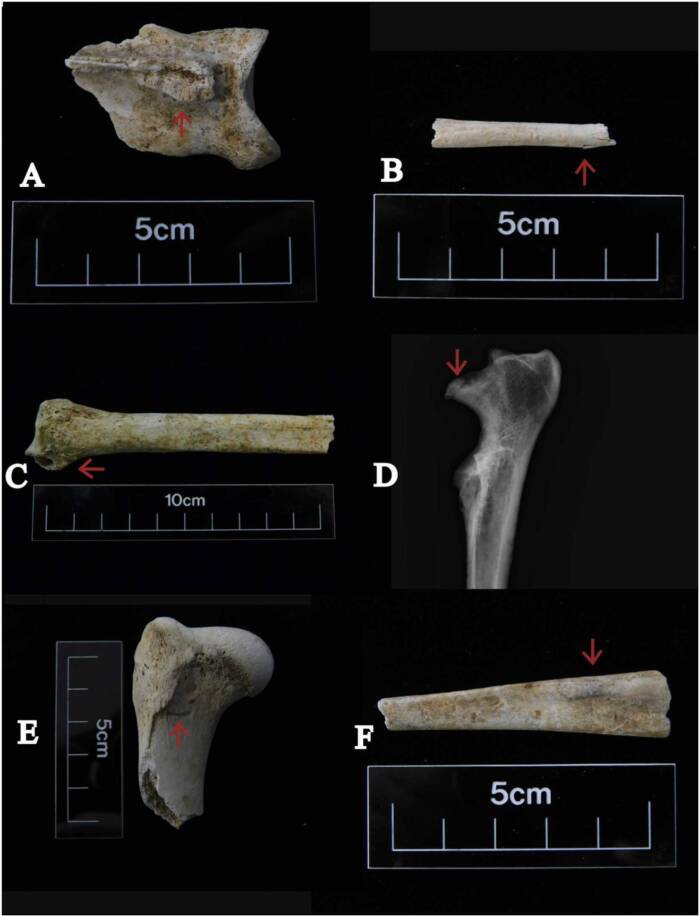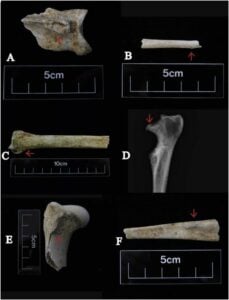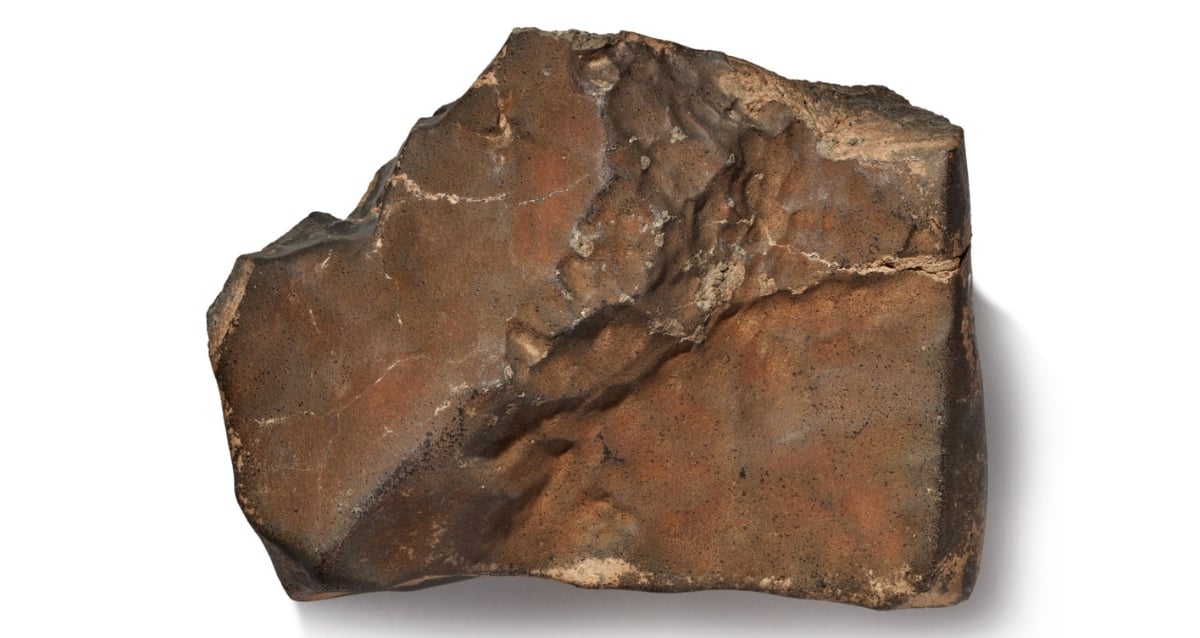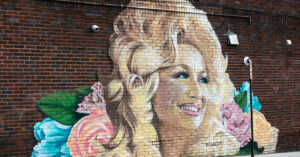“Unraveling Ancient Rituals: What Did 140 Sacrificed Dogs Reveal About Roman Beliefs in England?”
Some, the study notes, displayed chondrodysplasia, a genetic condition that results in disproportionately small limbs relative to body size, which would have resulted in dogs that somewhat resembled modern corgis. Other bones were similar to the modern Maltese, which aligns with historical records that indicate ancient Romans kept Maltese-like dogs.
The results also showed that many of the dogs had age-related conditions, meaning they had lived well into their later years. Additionally, the remains were largely free of any marks of trauma or butchery, suggesting they were not killed for food or fur. In all likelihood, these dogs had not been put through strenuous labor or subjected to mistreatment, but rather cared for with some degree of love and respect.

Ellen GreeneFindings were characteristic of other ritual dog sacrifices, though it’s unclear why there were so many at Nescot.
But the Nescot shaft was not simply a pet cemetery, at least according to Greene’s findings. The presence of human remains alongside the dogs implies that the shaft had, at one point, served a ceremonial or sacrificial purpose. This would make sense, given that ritually-sacrificed dogs in ancient Roman societies often displayed signs of having been well-cared-for.
“The Romans had specific rules about what types, colors, ages, and sexes of animals were appropriate for sacrifice to different gods,” Greene said. “It’s likely that these dogs were chosen based on such cultural criteria.”
This revelation does raise further questions, however. Dogs were associated with various deities in Roman mythology, and they played a central role in the daily lives of people in Roman Britain, particularly as hunters, herders, guardians, and companions. It remains unclear which deity these dogs were being sacrificed to, why small dogs were chosen for this sacrifice in particular, and whether the presence of human remains at the site could be an indicator of a more complex ritual.













